When landscaping a personal and garden plot, it is strongly recommended to carefully consider lighting. Most often, lighting fixtures illuminate the main entrance, swing, gazebo and paths. Also, lamps can be used as a decorative addition and to illuminate interior items. Solar-powered luminaires are becoming very popular. The main advantage is the absence of the need for mains power supply.
Advantages and Disadvantages of Solar Powered Street Lighting
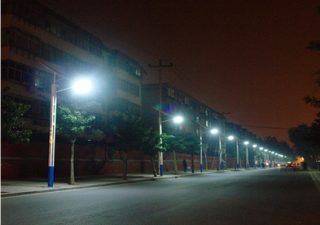
The great demand for solar-powered street lighting devices is due not only to full autonomy of operation, but also to other advantageous features. However, it is worth considering the presence of disadvantages that should be taken into account when choosing and installing equipment.
The main advantages of stand-alone lighting devices:
- The devices do not consume electricity, therefore, this is not reflected in the utility bills in any way. There is no need to supply voltage.
- Wide price range. Some models are more than affordable. This allows multiple devices to be installed on site.
- The ability to illuminate even the most difficult to reach places. There are modifications that have compact dimensions and low weight, so they can be mounted even in confined spaces.
- The service life declared by the manufacturer, which often corresponds to reality, deserves special attention. The average life of each solar-powered device reaches 30 years.
- There is no need to carry out expensive work to create the necessary technical conditions required to power traditional lighting devices.
An important point is environmental friendliness and ease of disposal in the event of a device failure.
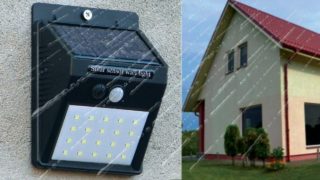
Disadvantages:
- The efficiency of solar-powered lighting fixtures is directly dependent on weather conditions. Solar panels are capable of capturing scattered sunlight, but at the same time, the performance of the structure is significantly reduced.
- When choosing a design, you need to pay attention to an extensive list of selection criteria. For example, how many LED lamps the structure is equipped with, the material of manufacture, the capacity of the battery.
- Prolonged operation at subzero temperatures may result in decreased performance or damage to the battery.
- To ensure reliable operation of the devices, it is necessary to maintain them regularly and with high quality. The accumulation of dust, dirt and other contaminants negatively affects the absorption of ultraviolet radiation.
With prolonged and strong gusts of wind, the protective glass becomes clogged. In order to avoid such problems, it is recommended to install structures, if possible, in secluded, windless places.
Reliability of solar street lighting fixtures
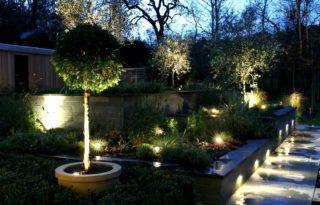
At night, weather conditions do not have much effect on this type of lighting fixture. The main thing is that there is enough daylight for the batteries to take in the amount of energy.
As practice shows, even the most budget models can withstand strong fat or frost (in the range from -50 to +50 degrees), showers, dew and snow. Most of the models are equipped with standard household nickel-cadmium batteries, with an average life of 15 years, and the installed LEDs have a service life of about 100,000 hours of continuous operation - up to 20 years. However, only devices of the middle and expensive segment can "boast" of such a service life, budget devices fail earlier.
Autonomous street lighting device
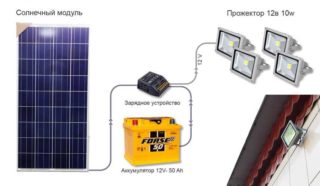
There is a wide variety of autonomous lighting systems, they are easy to implement, as a rule, their price is acceptable for everyone. This is due to the simple design features of solar-powered luminaires. Includes:
- body, as well as parts for its fastening;
- LED bulbs with different lighting colors or a transition from one color to another;
- a photosensor of illumination, which automatically turns on the device with the arrival of darkness, turns off when there is sufficient lighting;
- solar battery - its task is to convert solar radiation into electric current;
- voltage converter or charging controller for increasing energy;
- a rechargeable battery, which works on charge in daylight, and gives off energy when darkness comes.
Luminaires can be additionally equipped with auxiliary parts, for example, light and motion level sensors, sound devices.
The protective bulb of the lighting device is made of heat-treated, structured or smooth glass. In fact, tempered glass has shown itself best of all, but in comparison with analogues, its cost is much higher.
Luminaire selection
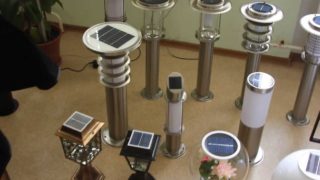
When choosing solar-powered street lighting, it is important to be guided by the following criteria:
- Power and number of LEDs. The brightness and intensity of the lighting will depend on this factor. Lanterns can be equipped with one or more LEDs, each with a power of approximately 0.06 watts. Devices with one lighting element are characterized by soft and diffused light, several provide bright and even illumination.
- Battery capacity. Battery life depends on the conversion rate of solar energy that is stored in the battery. The battery voltage must be at least 3V in order for the lighting fixture to work continuously throughout the night.
- The correct operation of lighting fixtures depends largely on the quality of the controllers that control the operation of the battery. Their high technical characteristics are the key to the durability of the device.
- Ability to work in difficult climatic and weather conditions. When purchasing a device, it is important to familiarize yourself with the degree of protection. You can find this information by IP marking. To work outdoors, this parameter should be at least 44, and in a humid environment 67.
- Design plays an important role when choosing stand-alone solar-powered luminaires. It is important that the elements match the design style of the personal plot or summer cottage.
When buying, you should pay attention to the packaging, its appearance and integrity. Lighting devices must be well packed, all technical parameters of a particular model are indicated on the outer protective shell of the luminaire.
Varieties of models
Solar-powered street lamps are classified according to the material of manufacture, the type of battery used, the type of silicon for photovoltaic cells, and also on the design features.
Manufacturing material
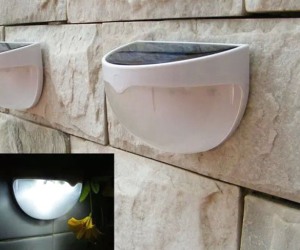
Various types of durable plastic, wood, metal alloys, bronze and steel are used for the manufacture of lighting fixtures. Luminaires are designed to work in open areas, therefore, the surfaces of the bodies are almost always additionally treated with special means, for example, wood is covered with compounds that protect the surface from drying out and decay, and metal structures - with an anti-corrosion compound.
The following types of glass are used for the manufacture of protective shades:
- Smooth surfaces for maximum light transmission.
- Tempered glass is highly resistant to mechanical stress.
- Reflective surfaces do not cast direct sunlight. This option is most preferable for street lamps, since it absorbs the maximum amount of energy even in cloudy weather.
Experts recommend giving preference to tempered glass lamps. Their cost is slightly higher, but the service life is longer.
Varieties of batteries
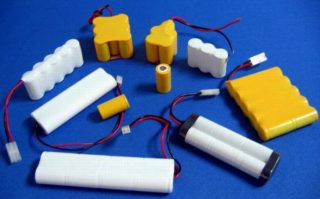
In stand-alone luminaires, as a rule, two types of rechargeable batteries are used. Their main task is to convert sunlight into energy.
- Household nickel-cadmium batteries, the capacity of which ranges from 600-700 mA / hour. As a rule, charging the lamps from such a battery is sufficient for 8-10 hours of continuous operation.
- Nickel-metal hydride batteries are a more modern and improved counterpart.
The latter variety has a higher cost, but it is profitable to exploit them. This is due to the fact that lamps equipped with such batteries have an extended service life.
Solar-powered street lighting is the best option, since when arranging a backyard or summer cottage area, it is recommended to give preference to autonomous light sources.








